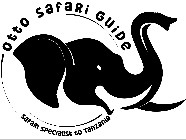Africani galapagos
Udzungwa Mountains National Park is one of Tanzania Safari most outstanding and exciting wilderness areas, with a variety of rare, endangered, and endemic species. The UMNP has gained the title of the primate park given that it is the only national park in Tanzania playing host to 12 different species. Udzungwa Mountains National Park is one of the world’s thirty-four “World Biodiversity Hotspots” and one of the 200 World Wide Fund For Nature Ecoregions of global critical importance. The Udzugwa is a hiker’s haven with easy access to forest trails, various waterfalls, mountain climbing to the peaks of the Luhomero and the Mwanihana, and bird and butterfly watching.
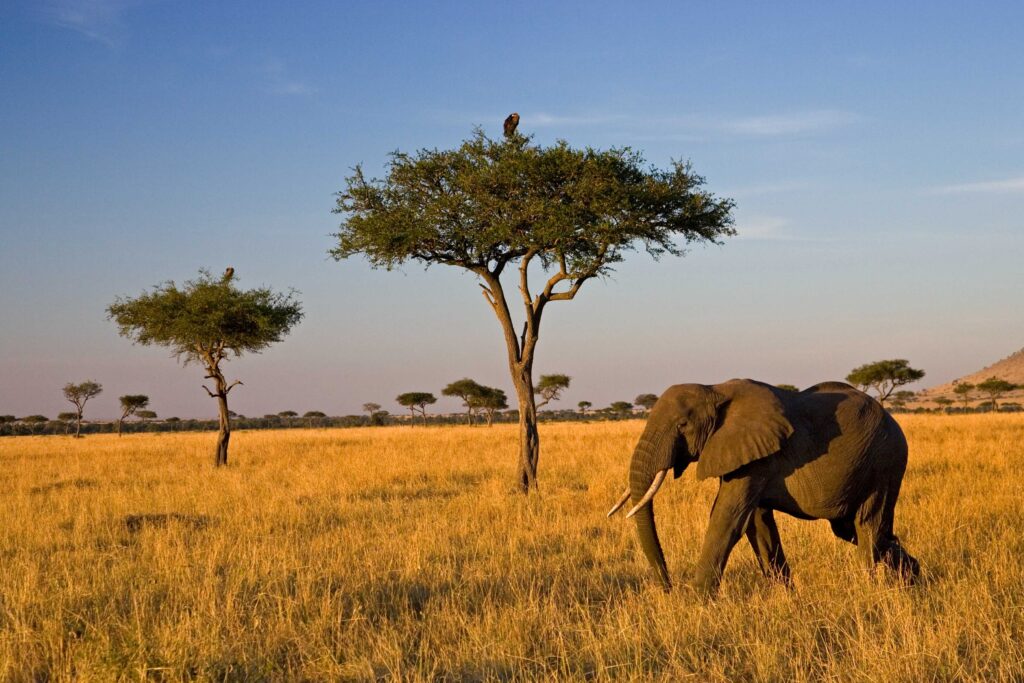
Park History
Udzungwa Mountains National Park was first gazetted in 1992 and was inaugurated by the WWF founder and president at the time Prince Bernhard of The Netherlands. The park was formed from five forest reserves established in the 1950s namely Mwanihana, West Kilombero Scarp, Nyanganje, Matundu, and Iwonde forest reserves. It is believed that the forests survived for over 30 million years and were once connected to the forest of the Congo Basin.
The name Udzungwa comes from the Kihehe word “Wadzungwa” which means the people who live on the sides of the mountains. The pristine mountains which have preserved their biodiversity and remained nearly untouched by humans still allow for the discovery of different species.
Location
The park is a part of the Eastern Arc Mountains that stretch from Southern Kenya’s Taita hills to the Makambako gap in Southern Tanzania. Often referred to as the “Gala- pagos Islands of Africa” because of their vast biodiversity and high rates of endemism they are of special importance to Tanzania Safari because they contain roughly 30 – 40% of the country’s mammal and plant species as well as containing the second highest bird diversity on the continent. Udzungwa Mountains National Park is the only national park found along the Eastern Arc located in south-central Tanzania and covers about 1,990 km² of land with 80% lying in the Kilolo district and the remaining 20% in the Kilombero district. The park borders Mikumi National Park in the Northeast, the Great Ruaha River in the North, and Ruipa in the Southwest.
Climate & Best Time to Visit
The park receives the bulk of its rainfall from November to May. The annual rainfall in the eastern region can reach up to 2000 mm during times of heavy rainfall and 600 mm in the northwest regions. The dry season starts in September and ends in October with temperatures ranging from 20? C (60? F) to 30? C (95? F). The park can be visited throughout the year however; you may want to plan your trip from late May to early October to experience the best weather!
PARK ATTRACTIONS
The natural sites of the park are breathtaking. Tanzania hosts some of the world’s most impressive landscapes. It is awe-struck by the massive ridges of the Eastern Arc Mountains, the Ruaha River that brings life to the vast Kilombero Valley, overwhelmingly powerful waterfalls fueled by the rainy season, and endless fields of tall, waving grasses.
WATERFALLS
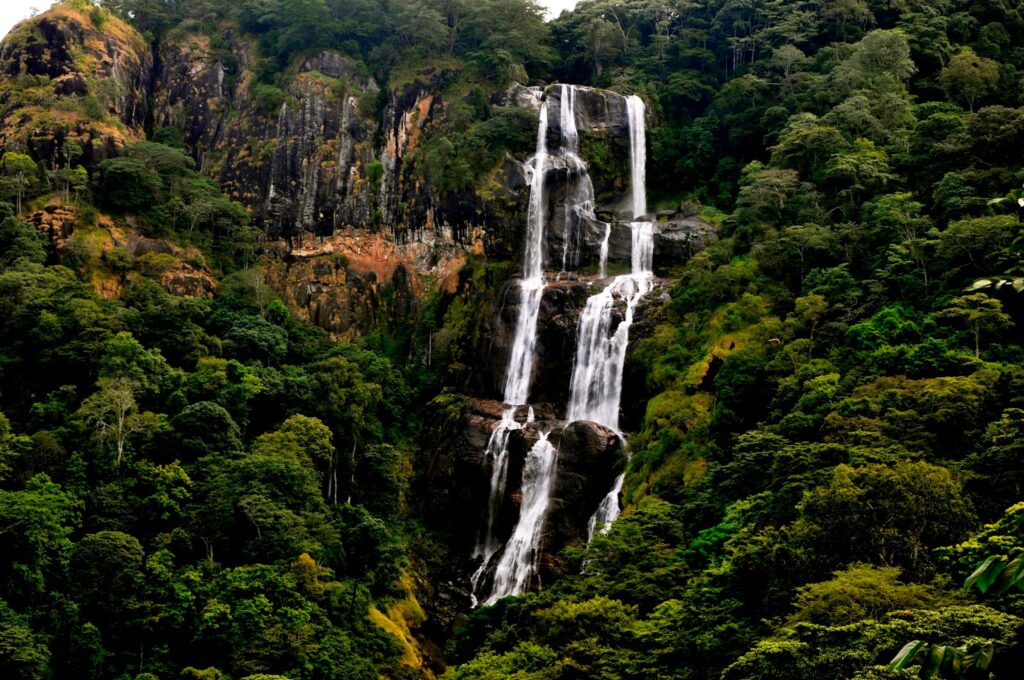
The Udzungwa Mountains National Park offers many impressive waterfalls. The Sanje is the highest waterfall in the whole Tanzania National Park circuit. It consists of three different stages all of which are accessible to visitors hiking in the park. The first stage is 170m, the second is 30m and the third is 70m high. You may want to carry a bathing suit to take a dip in the pools at the different levels! The park also contains a few other waterfalls namely Prince Bernhard; named after the park founder, Njokamoni, Mwaya, and Sonjo.
RIVERS
One of the main reasons for the gazettement of the Udzugwa was to safeguard the various water catchments found within the Udzungwa Mountains. The river catchments protected within the park are important both locally and on a national scale. They supply over 700,000 people in villages close by with water for consumption and other uses, such as small and large-scale agriculture. The forest’s water catchments also serve to power two hydroelectric power plants in the area, namely Kihansi and Kidatu which provide roughly 70% of the country’s hydroelectricity. Some of the main rivers found in the park are the Great Ruaha, Ruipa, Rumemo, Lofia, Msosa, Mwaya, Mkula, and Sonjo.
BIODIVERSITY
The Udzungwa Mountains National Park is known for its rich and unique biodiversity characterized by the high endemism of a variety of species. The Eastern Arc Mountains cover less than 2% of Tanzania’s area but hold 30-40% of the country’s plants and mammal species. The park provides a sanctuary for many unique plants, mammals, birds, amphibians, reptiles, and butterfly species. This biodiversity is closely studied by the Udzungwa Ecological Monitoring Center just outside of the park office. In 2010, a hostel was built for traveling researchers by Italy’s Trento Museum of Natural Science to strengthen international education and training activities at this center.
Primates
This park is home to twelve primate species. Two of these species, the Sanje Mangabey and Iringa Red Colobus are found nowhere else in the world, and three species can only be found in Tanzania. Fortunately for tourists who wish to see the Sanje Mangabey, Udzungwa has opened an exhibit for observation of this unique species in their daily lives. It is recommended that those who wish to view these primates with a trained guide make prior reservations at the park headquarters.
Animals
Larger animals such as elephants, buffalo, lions, leopards, bushbucks, kudu, sable, duiker, civets, aardvarks, bushy-tailed mongoose, hyenas, porcupines, hyenas, and hippos can be found in the more wild western side of the park.
Plants
This national park’s biodiversity covers both plants and animals. The park protects an astounding number of more than 2500 plant species, 50 of which are endemic to the area and 160 are used locally for medicinal purposes. The Udzungwa Mountains are also proud to have the largest amount of forest cover in the Eastern Arc Mountains, an impressive feat considering the increasing amount of deforestation in this region.
Reptiles and Amphibians
Udzungwa also has a wide variety of reptiles including seven different species of chameleons, snakes, and lizards. It also holds several endemic species of frogs and toads. Some of the most rare species of snakes like to call the UMNP their home. Be aware of the crocodiles and snakes such as Mambas, Adders, Cobras, and Pythons!
Birds and Butterflies
The Eastern Arc Mountains are famously known as the second-highest biodiversity area of birds in Africa. Situated amid this mountain region, Udzungwa is ranked among the top ten most important bird conservation areas in Africa. This park is an absolute paradise for bird watchers across the globe. Be sure to bring a birding guide and checklist as you can observe over 250 species including the endemic Udzungwa Forest Partridge and Rufous-winged sunbird. Additionally, the park has over 250 species of butterflies, many of which can be found nowhere else in the world. Don’t forget to add a camera to the packing list to capture all of these incredible species!
AGRICULTURE
Mang’ula sits in the heart of the Kilombero Valley, an area of Tanzania that is highly dependent on agriculture because of its rich soil and close access to the Ruaha River. This industry drives the local economy with nearly 80% of Tanzanians in the Eastern Arc Mountains involved in some type of agricultural activity. Some of the most commonly grown crops are maize, rice, beans, cassava, and a variety of tropical fruits. You’ll also want to try some of the local bars and restaurants in Mang’ula and Mwaya. We highly recommend a meal at the Mountain Peak Inn in Mwaya for traditional fare and a Tanzanian beer such as Serengeti or Safari Lager. Other local drinks are sold in the village. Some of the most common food items sold at the local markets include bananas, oranges, papaya, eggplant, albino eggplant, okra, potatoes, cabbage, kale, peppers, beans, lentils, and dried fish. Purchase some of these raw ingredients if you’re in the bars and made right in the villages include a banana beer referred to as mbege among the villagers, raha; a banana-based wine, pombe; a maize brew carbonated drink made in barrels in the villages over an open flame for three days, ulanzi; wine filtered through the stalk of a bamboo plant and mnazi; coconut water left to ferment overnight. A short walk down the streets of these villages will reveal many of the best-kept roadside secrets of home cooking by welcoming villagers – just follow your nose. To gain a well-rounded understanding of the area, we recommend visiting agricultural sites from personal subsistence gardens known as shambas in Swahili to large-scale commercial sugar cane fields owned Visiting a commercial sugar cane field interested in trying your cooking. There are also several ready-to-eat foods such as fried bananas, sugar cane, and deep-fried catfish. by the ILOVO Kilombero Sugar Company. You may also want to stop by the corn mill in Mang’ula to witness flour production or the Milimani Primary School to catch a glimpse of beekeeping and see how honey is harvested
How to get there
There are several ways to reach the Udzungwa Mountains National Park from the Julius Nyerere International Airport in Dar es Salaam:
LOCATION
The park is located six hours outside of Dar es Salaam to the Southwest and about 75km from Mikumi National Park. BY CAR – To reach the park headquarters, turn south off the main Dar es Salaam – Iringa/Mbeya highway after the town of Mikumi, while following the signs towards Ifakara. Proceed on the paved road for about 36km until reaching the village of Kidatu where a gravel road begins after crossing the Ruaha River. Follow the gravel road for about 24km until you arrive in Mang’ula, and the signpost for the park headquarters is on the right-hand side.
BY PLANE
For those wishing to fly strait to Udzungwa, charter flights are available to the nearby airstrips such as Msolwa, and Kilombero Sugar Company, or you can take a daily scheduled flight to Ruaha from Dar Please contact us for more information and safari packages to the Udzungwa Mountains.
BY TRAIN
The TAZARA train stops in Mang’ula en route from Dar es Salaam to Mbeya. The train departs from Dar es Salaam on Pugu Road, consult the TAZARA schedule for specific dates and times of departure. Once.
Where To Stay in Udzugwa Mountain National Park.
The Twiga Hotel
The most commonly advertised hotel is the Twiga Hotel because it is owned by the Tanzania Park Service (TANAPA). The Twiga is a quiet, off-the-beaten-path hotel located at the base of the Udzungwas directly next to the park office. It was recently renovated in 2009-2010, so you’ll find new furniture and clean accommodations here. The Twiga rooms and outdoor corridors line the perimeter of a grassy lawn, a sunny lounging area. A bar, restaurant, and television are located in the main lobby; however, if you prefer, you are welcome to enjoy a drink and a Tanzanian meal in an outdoor tiki hut.
Udzungwa Forest Camp – Hondo Hondo 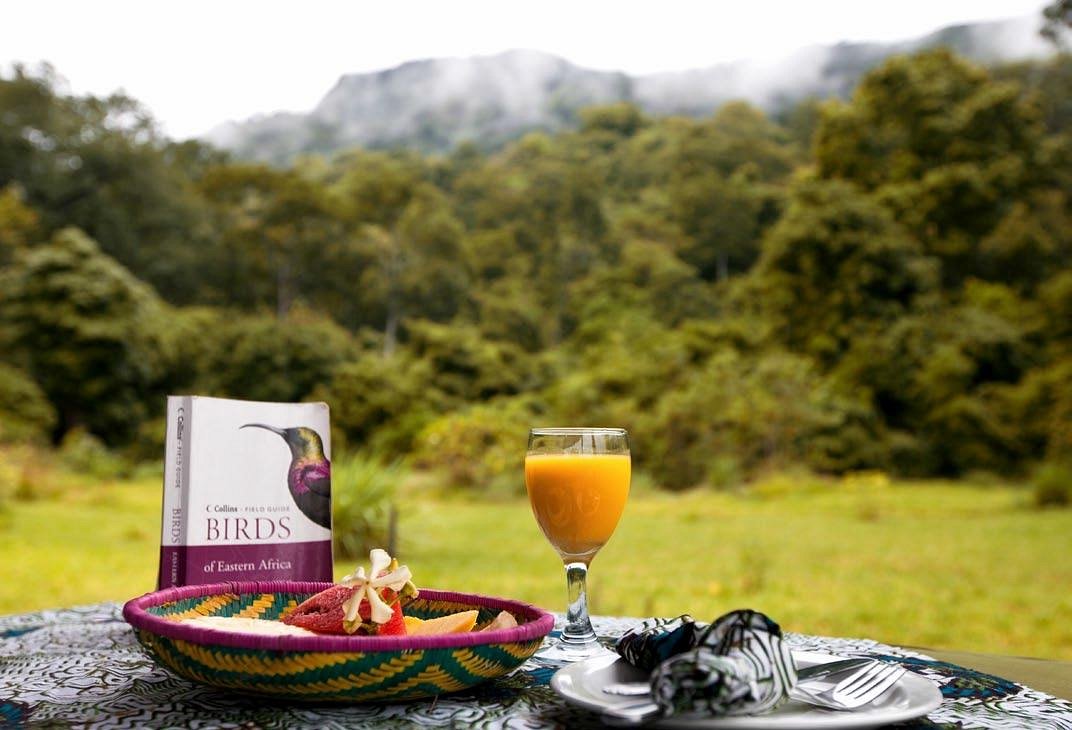
Udzungwa Forest Tented Camp borders the Udzungwa Mountains National Park, in the Kilombero Valley in southern Tanzania. The lodge is known locally as Hondo Hondo meaning “hornbill” in Swahili, due to the amazing number of these remarkable birds which make the area their home.
Hondo Hondo Tented Camp offers six Forest en-suite tented rooms situated along or overlooking the forest boundary and providing a comfortable accommodation experience. With these rooms offering good facilities and great forest views and enjoying the relaxation of your stay in the surrounding shambaland and forest.
Each is well equipped, with all furniture made from locally available renewable sources such as coconut wood and bamboo.
All beds boast comfortable spring mattresses, so you can be sure of getting a good nights sleep, and the soft throws over the beds are made by the local Ifakara Women Weavers group, who are one of the lodge’s community support projects. The open-air bathrooms offer views up into the nearby forest canopy while you shower, and are equipped with western-style flush toilets, solar hot water “rain” showers, sink and shaver socket.
Udzungwa Falls Lodge
is located on the slopes of Udzungwa Mountains National Park. Guests praise the hospitality, warm service, and delicious food. The Udzungwa hikes, waterfalls, flora, and fauna paired with game viewing make this place a must-visit. Set up as an idyllic and romantic escape, the lodge has been carefully constructed to cause minimal impact on the surrounding Udzungwa forest which acts as a collection area for water that is used domestically in the village and for irrigation in the sugarcane farming. The Lodge has 40 en-suite rooms and offers a fine dining experience with a choice from the A La Carte menu featuring a wide variety of soups, salads, steaks, poultry dishes, fine fish delicacies, and mouth-watering desserts.
Udzungwa Mountain Itineraries
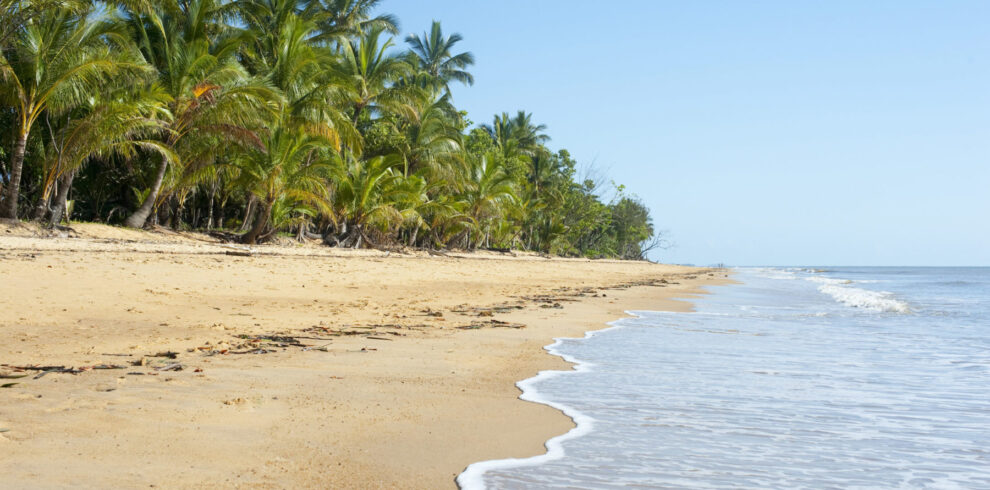
Embark on an unforgettable 7-day journey through the hidden gems of Tanzania, exploring the historic coastal town of Kilwa and…
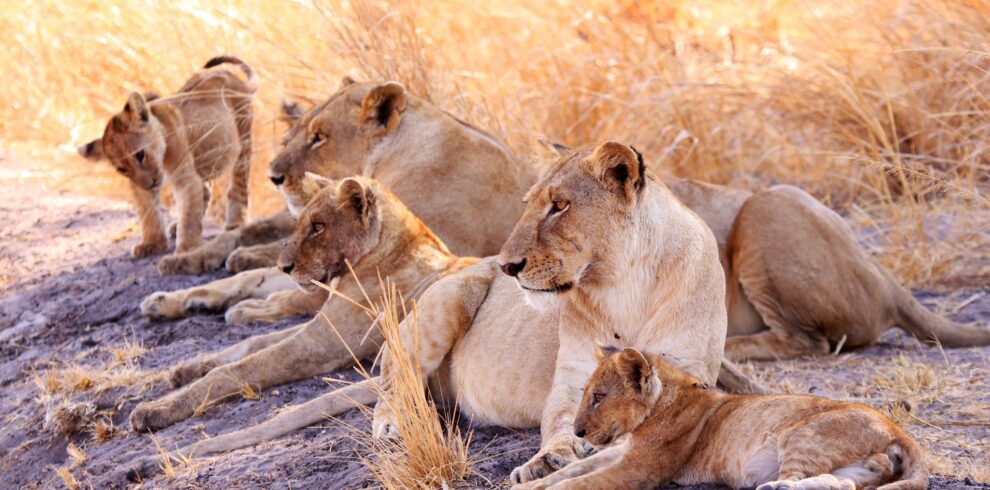
Embark on an extraordinary adventure through the untamed wilderness of Mahale Mountains, the wildlife haven of Katavi National Park, and…
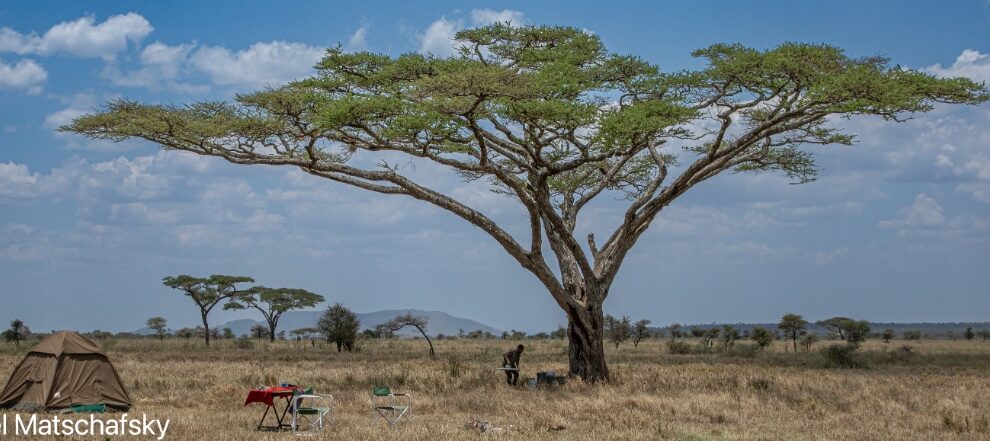
Embark on the ultimate adventure, the Epic Journey of the Serengeti, following the wildebeest migration from Kenya's Masai Mara to…
